How to Prep for Infant Feeding with Victoria Facelli: Podcast Episode #201
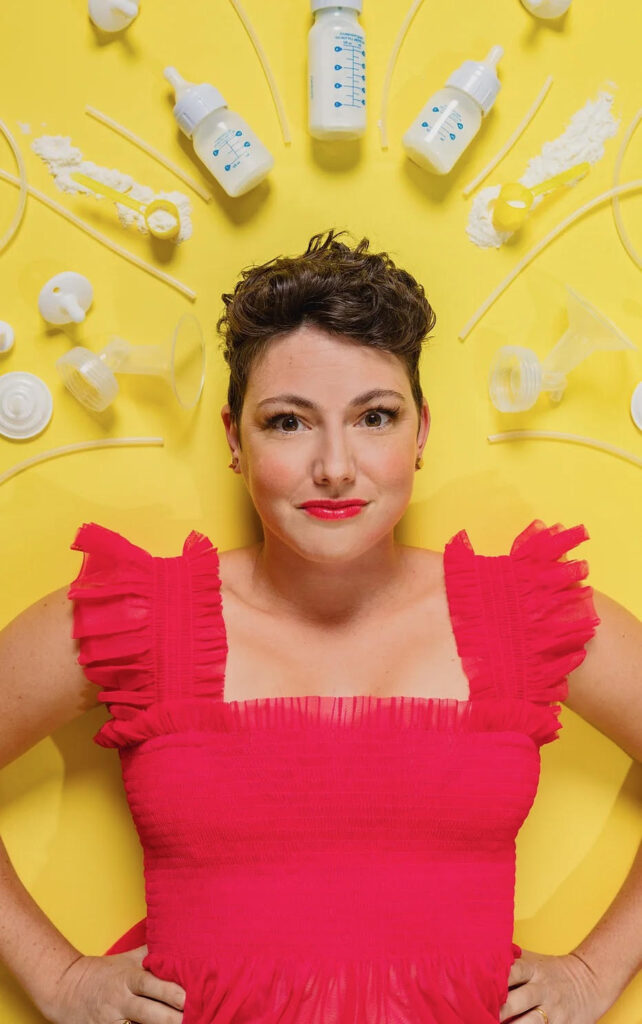
Kristin Revere chats with Victoria Facelli IBCLC, author of Feed the Baby: An Inclusive Guide to Nursing, Bottle-Feeding and Everything in Between about the best ways to prep for infant feeding. Victoria has so many resources to help you! You can listen to this complete podcast episode on iTunes, SoundCloud, or wherever you find your […]
It’s Our 200th Podcast Episode!
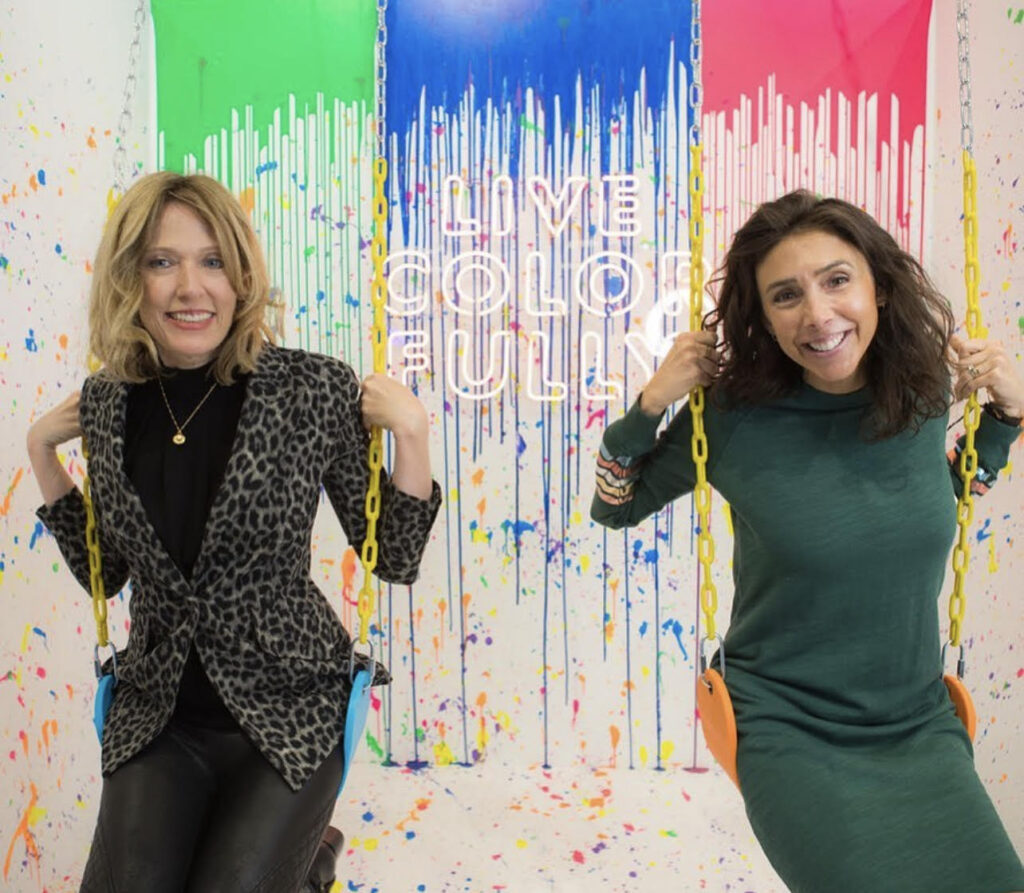
It’s the 200th episode! Alyssa Veneklase and Kristin Revere answer questions from listeners and share fun stories about how Ask the Doulas came to be. You won’t want to miss this one! You can listen to this complete podcast episode on iTunes, SoundCloud, or wherever you find your podcasts. Ask The Doulas Podcast · It’s […]
Reducing Toxins with Amanda Koch of My Well Balanced Life: Podcast Episode #199
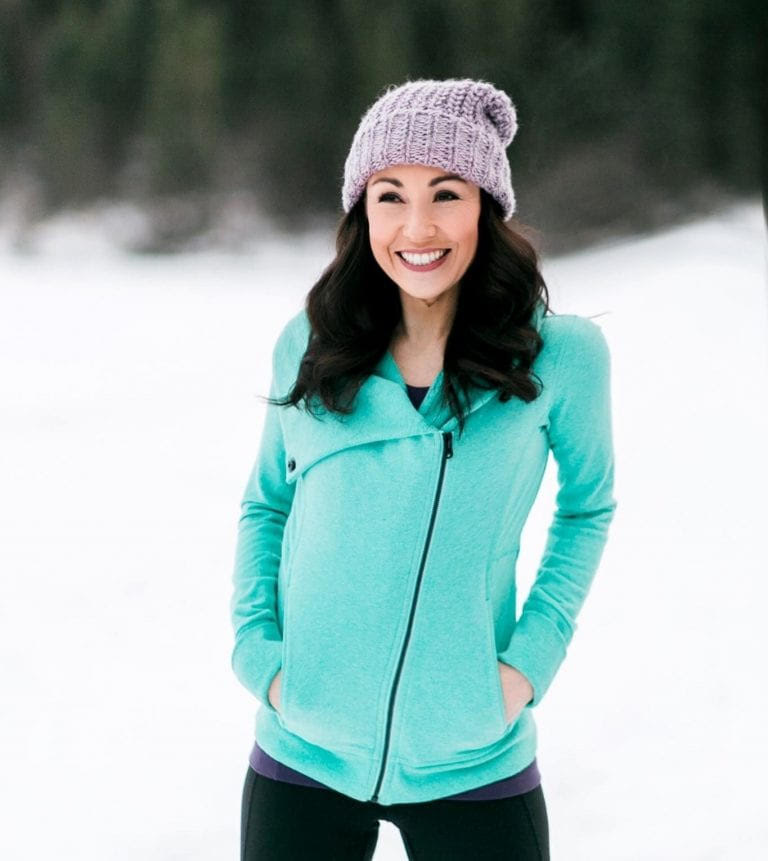
Kristin Revere chats with Amanda Koch of My Well Balanced Life about how to reduce the toxins in your life! You can listen to this complete podcast episode on iTunes, SoundCloud, or wherever you find your podcasts. Ask The Doulas Podcast · How to Reduce Toxins in Your Life with Amanda Koch of My Well […]
The Rising Popularity of Push Presents: Podcast Episode #198
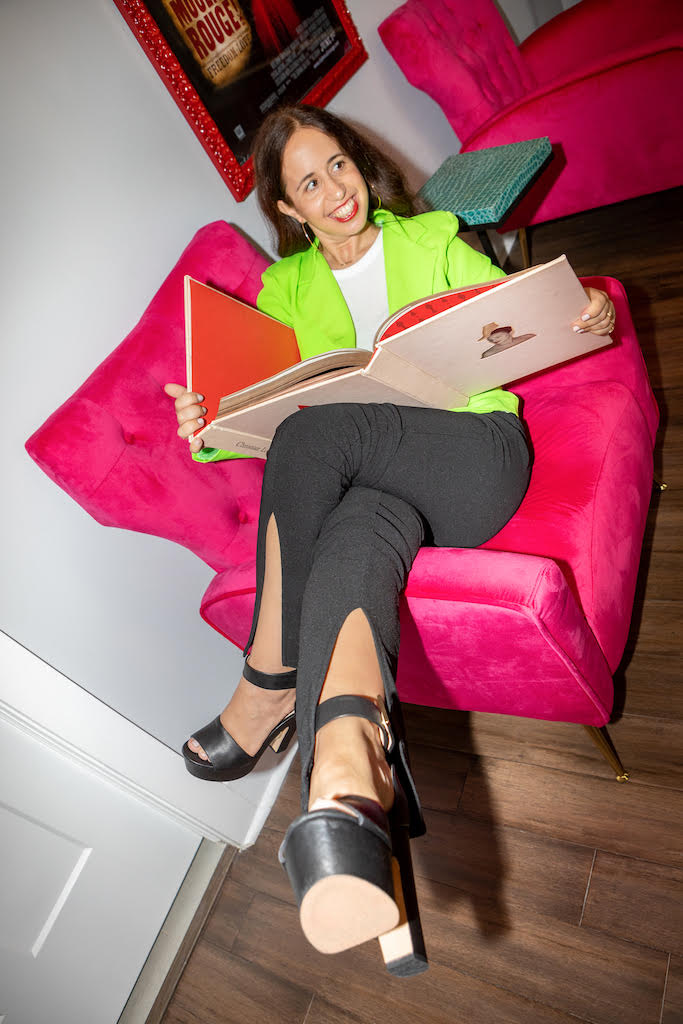
Kristin Revere chats with Melissa Mor of Mrs. Push about the rising popularity of push presents. You can listen to this complete podcast episode on iTunes, SoundCloud, or wherever you find your podcasts. Ask The Doulas Podcast · The Rising Popularity of Push Presents with Melissa Mor of Mrs. Push Welcome. You’re listening to Ask […]
The Benefits of Taking a Childbirth Class: Podcast Episode #197
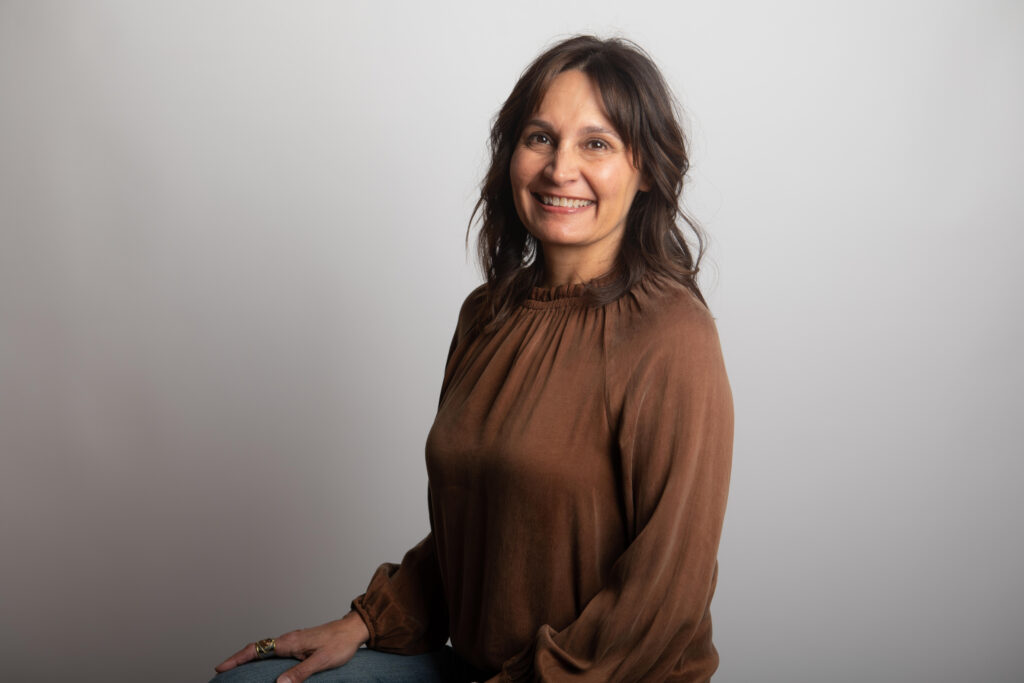
Kristin Revere chats with Lisa Newhouse of Gold Coast Doulas about the benefits of taking a childbirth class. You can listen to this complete podcast episode on iTunes, SoundCloud, or wherever you find your podcasts. Ask The Doulas Podcast · The Benefits of Taking a Childbirth Class with Lisa Newhouse of Gold Coast Doulas Welcome. […]
Using Visualizations and Affirmations in Labor with Lisa Newhouse: Podcast Episode #196
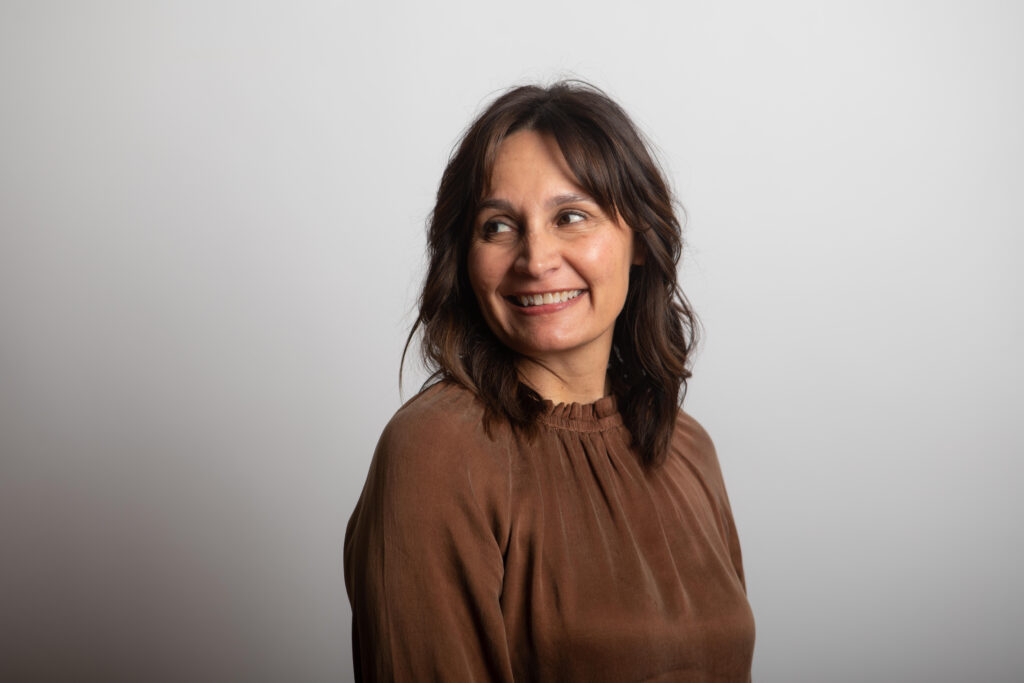
Kristin Revere chats with Lisa Newhouse of Gold Coast Doulas about the benefits of using affirmations in labor. Lisa is a birth doula and HypnoBirthing educator with Gold Coast Doulas. You can listen to this complete podcast episode on iTunes, SoundCloud, or wherever you find your podcasts. Ask The Doulas Podcast · Using Visualization and […]
Holistic Fertility with Dr. Burns: Podcast Episode #195

Kristin Revere chats about holistic fertility with Dr. Christina Burns of Naturna Institute. You can listen to this complete podcast episode on iTunes, SoundCloud, or wherever you find your podcasts. Ask The Doulas Podcast · Holistic Fertility with Dr. Christina Burns Welcome. You’re listening to Ask the Doulas, a podcast where we talk to experts […]
Fair Play with Rachel Meakins: Podcast Episode #194
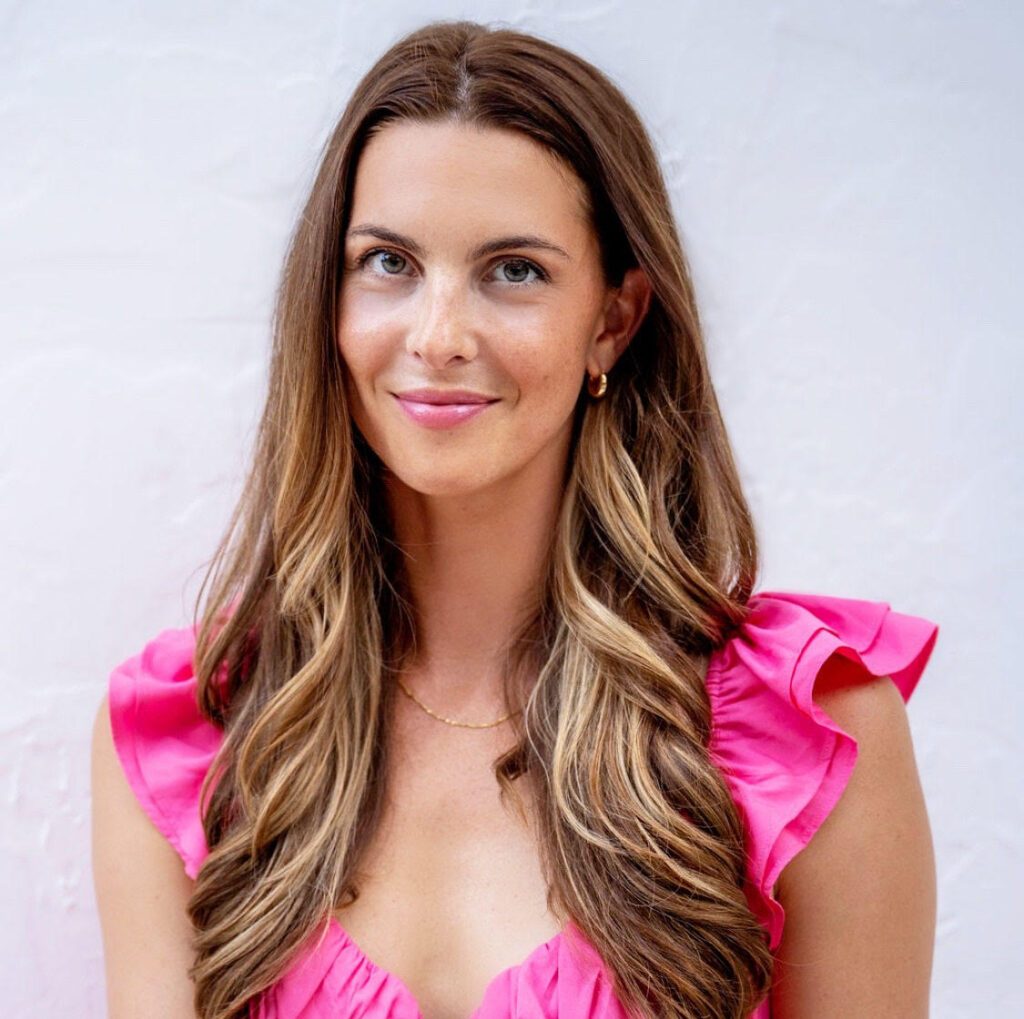
Kristin chats with Rachel Meakins from Zenbari about navigating household responsibilities using fair play. You can listen to this complete podcast episode on iTunes, SoundCloud, or wherever you find your podcasts. Ask The Doulas Podcast · Navigating Household Responsibilities using Fair Play with Rachel Meakins Welcome. You’re listening to Ask the Doulas, a podcast where […]
Supporting the Father: Podcast Episode #193

Kristin Revere chats with Joel Austin of Daddy University Inc and Doulos4Dads about the importance of supporting the father during the transition of becoming a father. You can listen to this complete podcast episode on iTunes, SoundCloud, or wherever you find your podcasts. Ask The Doulas Podcast · Supporting the Father with Joel Austin of […]
The Impact of the Infant Microbiome on Health: Podcast Episode #192
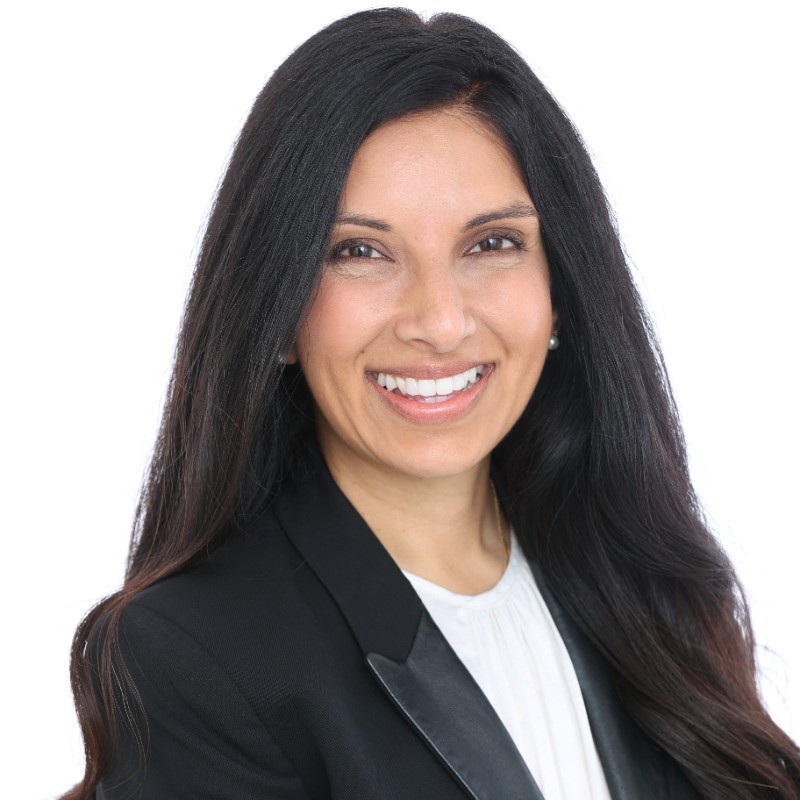
Kristin Revere chats with Dr. Payal Adhikari of Infinant Health and the impact of infant microbiome on health. You can listen to this complete podcast episode on iTunes, SoundCloud, or wherever you find your podcasts. Ask The Doulas Podcast · The Impact of Infant Microbiome on Health with Dr. Payal Adhikari of Infinant Health Welcome. […]
Sleep Training Misconceptions: Podcast Episode #191
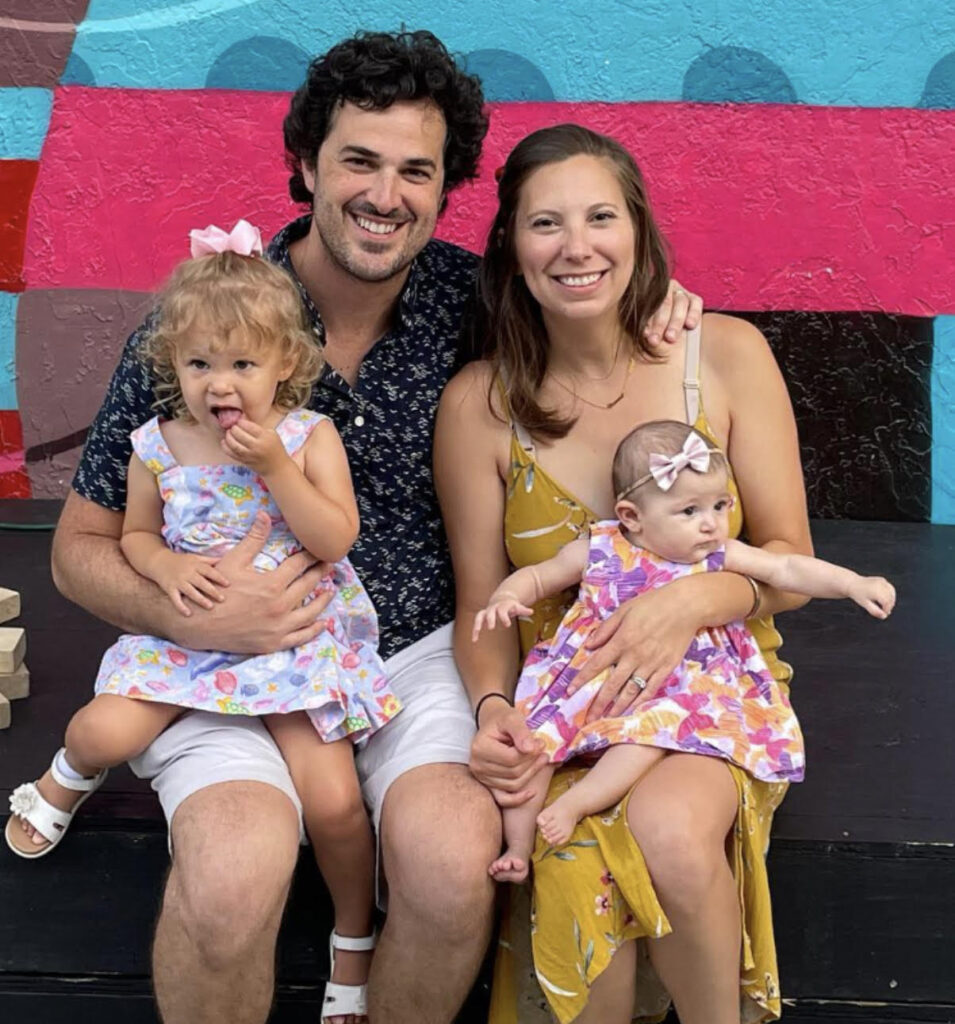
Kristin chats with Jackie Viscusi of Gold Coast Doulas about sleep training misconceptions. You can listen to this complete podcast episode on iTunes, SoundCloud, or wherever you find your podcasts. Ask The Doulas Podcast · Sleep Training Misconceptions Welcome. You’re listening to Ask the Doulas, a podcast where we talk to experts from all over […]
Balancing Life and Fertility Treatments: Podcast Episode #190
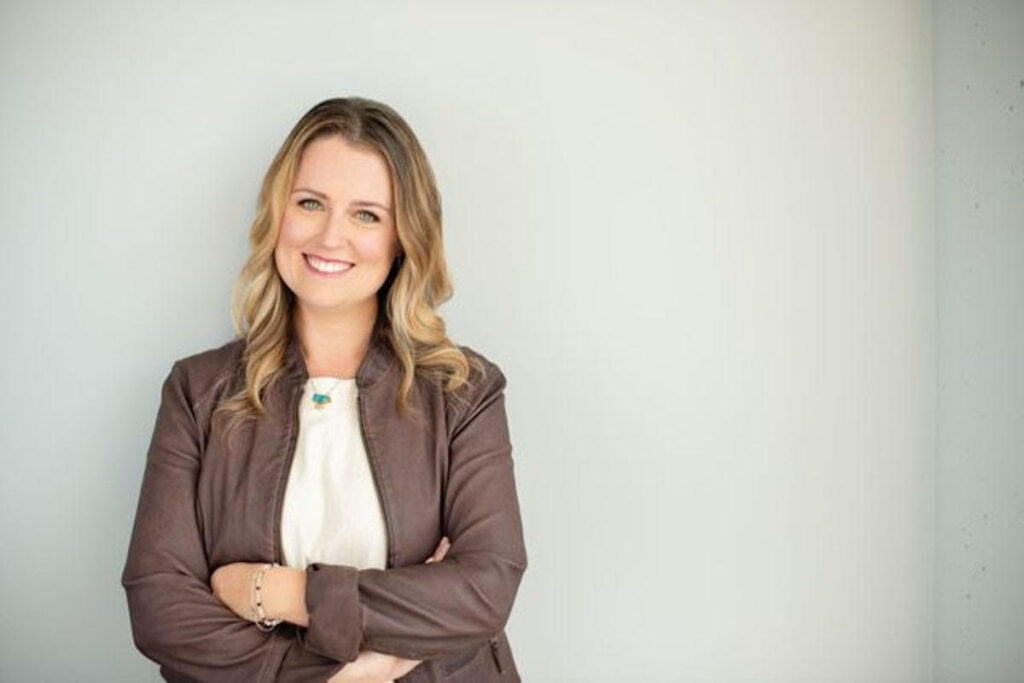
Kristin chats with Laura Fletcher, Author of The Grace in Grief: Healing and Hope After Miscarriage about tips for balancing life and fertility treatments. You can listen to this complete podcast episode on iTunes, SoundCloud, or wherever you find your podcasts. Ask The Doulas Podcast · Tips for balancing life and fertility treatments Welcome. You’re […]
Processing Birth Trauma: Podcast Episode #189
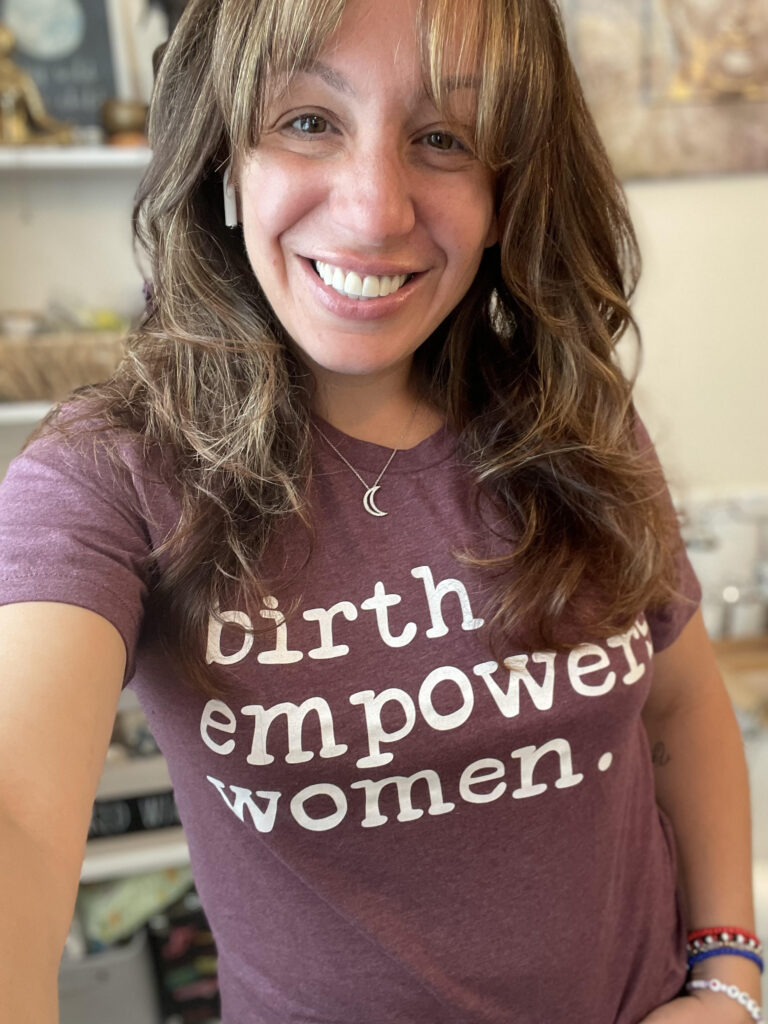
Kristin chats about processing birth trauma with Angela Mancini of La Luna Counseling and Wellness. You can listen to this complete podcast episode on iTunes, SoundCloud, or wherever you find your podcasts. Ask The Doulas Podcast · Processing Birth Trauma Welcome. You’re listening to Ask the Doulas, a podcast where we talk to experts from […]
Why You Should Use A Baby Registry Consultant: Podcast Episode #188
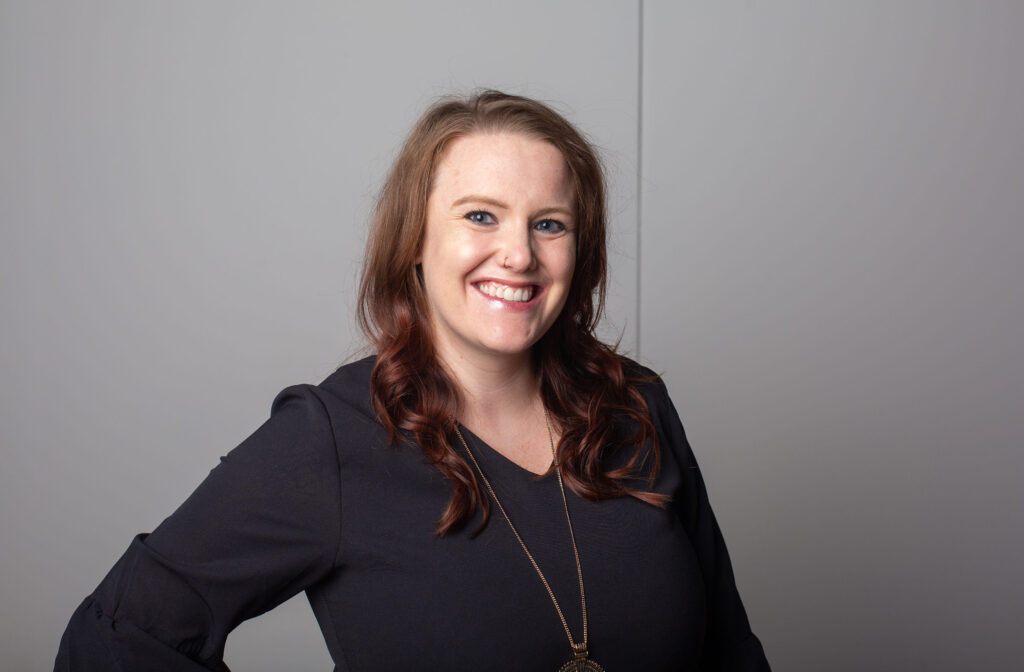
Kristin chats with Audra Geyer of Gold Coast Doulas about why you should work with a baby registry consultant. You can listen to this complete podcast episode on iTunes, SoundCloud, or wherever you find your podcasts. Ask The Doulas Podcast · Why You Should Work With a Baby Registry Consultant Welcome. You’re listening to Ask […]
Nutrition for Breastfeeding: Podcast Episode #187
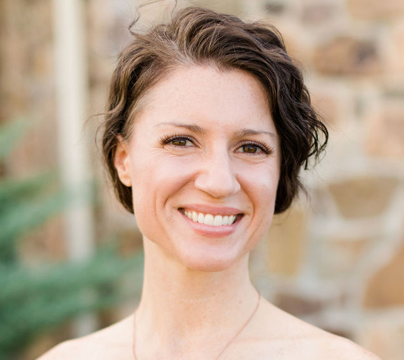
Kristin chats with Katie Timbrook of Athena’s Bump about the importance of nutrition for breastfeeding and pumping moms. You can listen to this complete podcast episode on iTunes, SoundCloud, or wherever you find your podcasts. Ask The Doulas Podcast · Nutrition for Breastfeeding and Pumping Moms Welcome. You’re listening to Ask the Doulas, a podcast […]
Grandparents as Caregivers: Podcast Episode #186
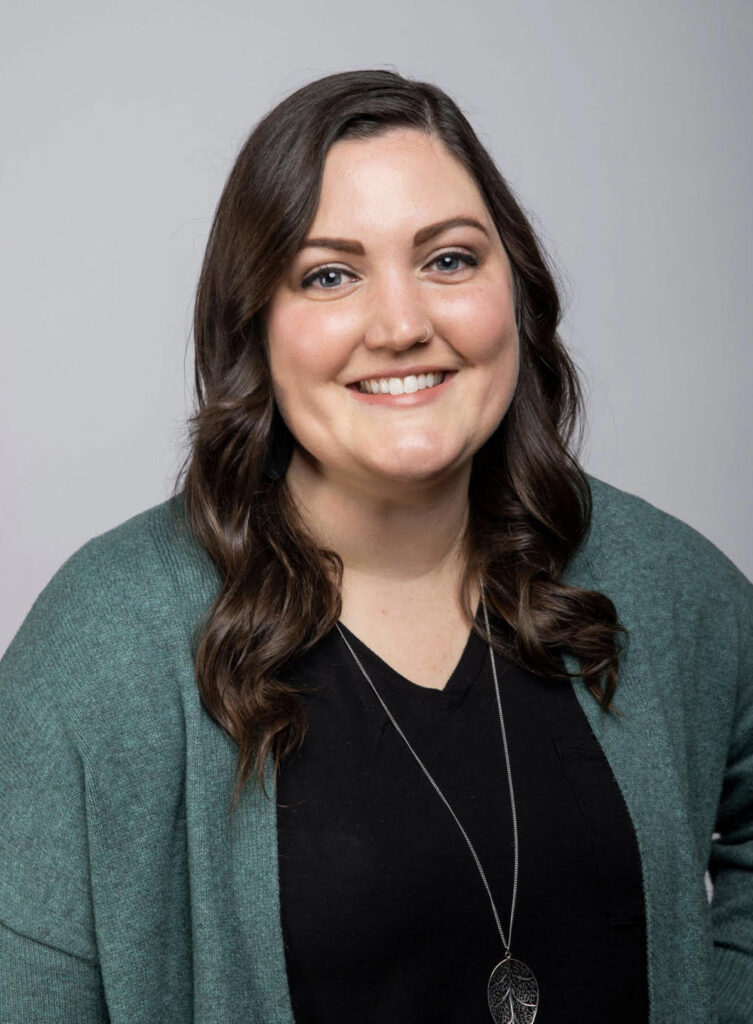
Kristin chats with Kristin Morter of Gold Coast Doulas about the important role grandparents play as caregivers and how they should prepare themselves for taking care of a new little one. You can listen to this complete podcast episode on iTunes, SoundCloud, or wherever you find your podcasts. Ask The Doulas Podcast · Grandparents as […]
Finding the Perfect Childcare Option: Podcast Episode #185
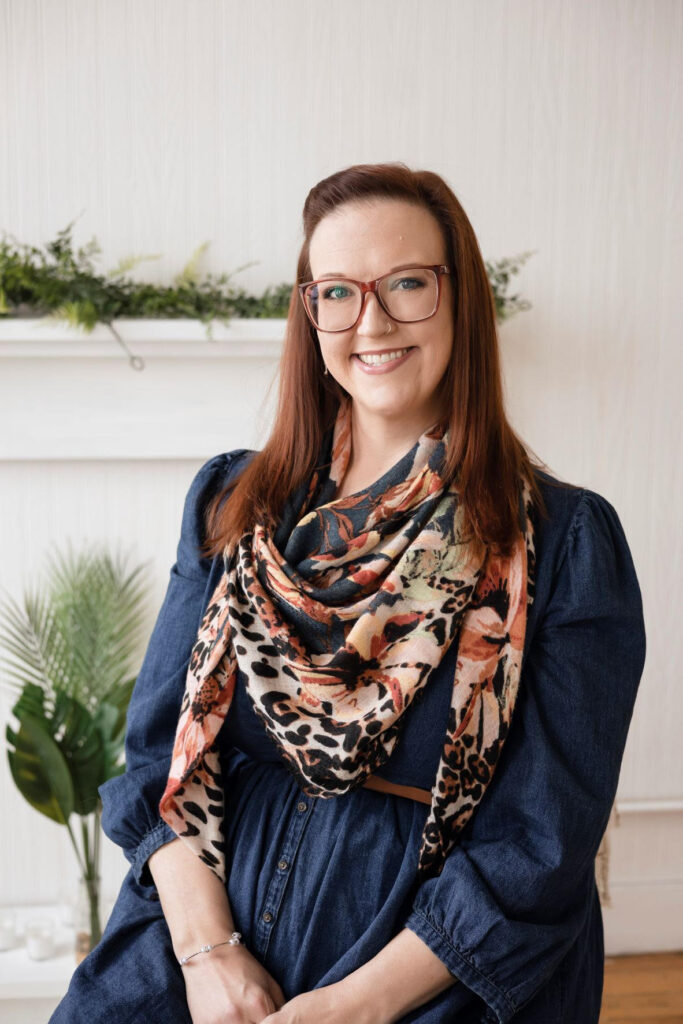
Kristin and Jaynie Fawley of Michigan Nanny Solutions chat about childcare options and finding the perfect nanny. You can listen to this complete podcast episode on iTunes, SoundCloud, or wherever you find your podcasts. Ask The Doulas Podcast · Finding the Perfect Childcare Option with Jaynie Fawley of Michigan Nanny Authority Welcome. You’re listening to […]
Adrenal Fatigue and Gut Issues Postpartum: Podcast Episode #182
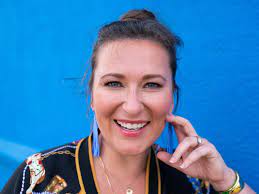
We talk about addressing adrenal fatigue and gut issues postpartum with Maja Miller of Maja Miller Wellness. You can listen to this complete podcast episode on iTunes, SoundCloud, or wherever you find your podcasts. Ask The Doulas Podcast · Addressing Adrenal Fatigue and Gut Issues Postpartum Welcome. You’re listening to Ask the Doulas, a podcast […]
Prenatal Body Balancing with Heidi of Mind Body Baby: Podcast Episode #181
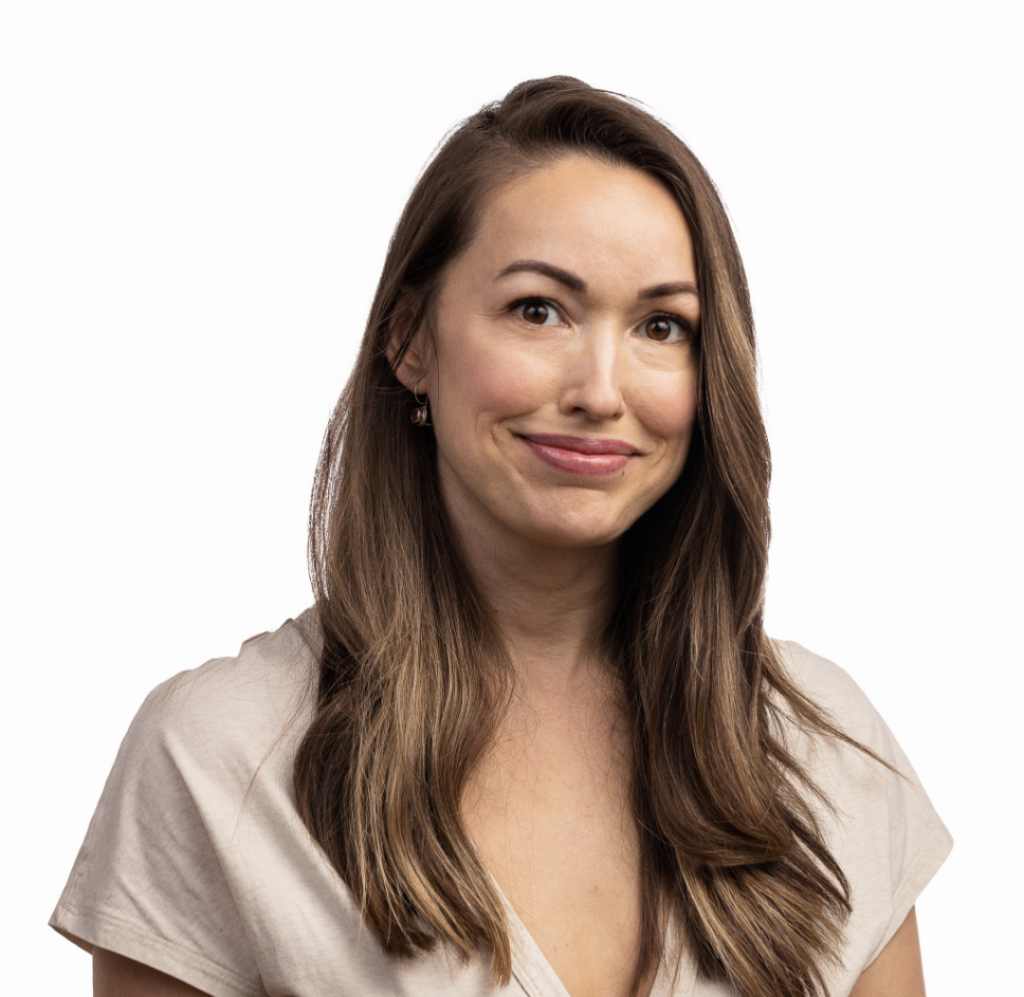
Kristin chats with Heidi McDowell of Mind Body Baby about the benefits of prenatal body balancing. You can listen to this complete podcast episode on iTunes, SoundCloud, or wherever you find your podcasts. Ask The Doulas Podcast · The Benefits of Prenatal Body Balancing with Heidi McDowell of Mind Body Baby. Welcome. You’re listening to […]
Black Maternal Health with Shaelina Holmes of the Hello Seven Foundation: Podcast Episode #180
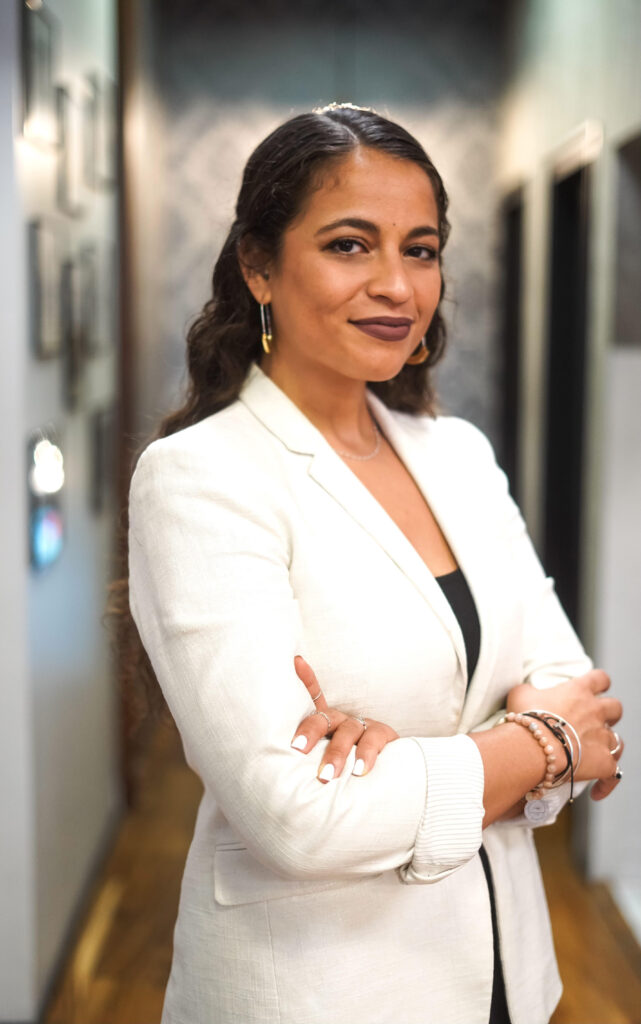
Kristin chats with Shaelina Holmes of Hello Seven Foundation about Black Maternal Health and why it is so important. You can listen to this complete podcast episode on iTunes, SoundCloud, or wherever you find your podcasts. Ask The Doulas Podcast · Black Maternal Health with Shaelina Holmes of Hello Seven Foundation. Welcome. You’re listening to […]
Plus Size Pregnancy: Podcast Episode #179
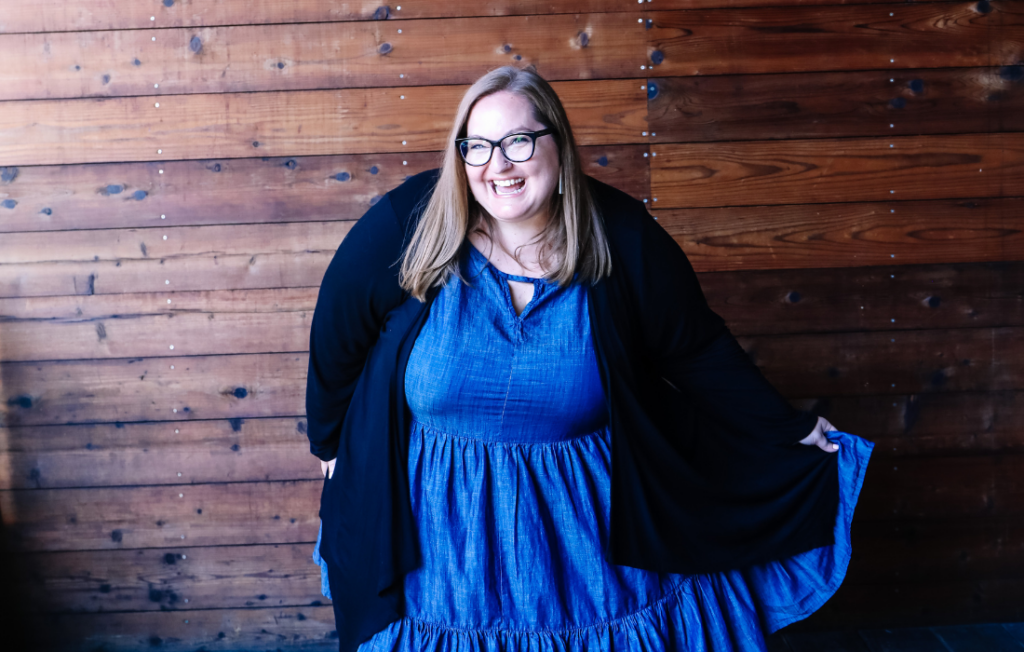
Kristin chats with Jen McLellan of Plus Size Birth, about the misconceptions surrounding pregnant plus size women. You can listen to this complete podcast episode on iTunes, SoundCloud, or wherever you find your podcasts. Ask The Doulas Podcast · Plus Size Pregnancy Misconceptions with Jen McLellan of Plus Size Birth Welcome. You’re listening to Ask […]
Informed Pregnancy with Dr. Berlin: Podcast Episode #178
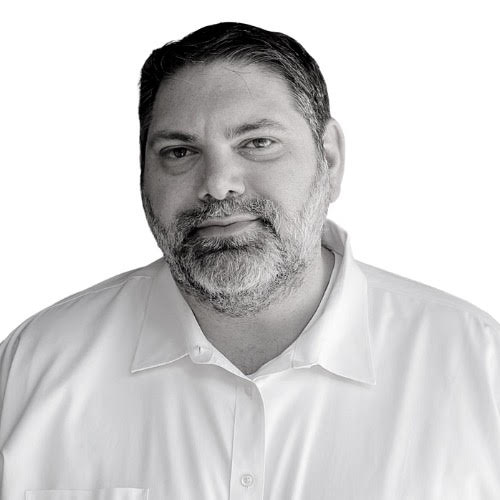
Kristin chats with Dr. Berlin about the Informed Pregnancy Project. The Project aims to utilize multiple forms of media to compile and deliver unbiased information about pregnancy and childbirth to empower new and expectant parents to make informed choices regarding their pregnancy and parenting journey. You can listen to this complete podcast episode on iTunes, […]
Infertility Challenges and Options: Podcast Episode #177
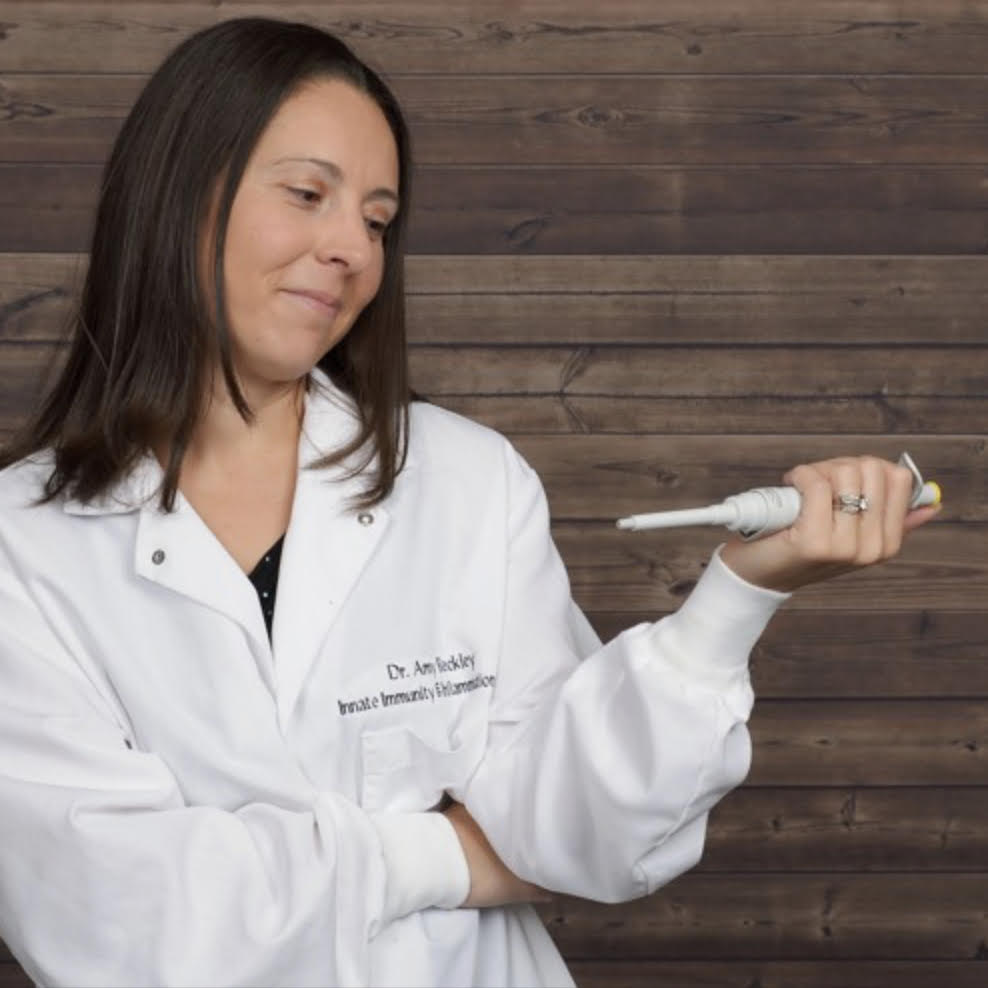
Kristin talks with Dr. Amy Beckley, Founder and CEO of Proov about infertility challenges and options. You can listen to this complete podcast episode on iTunes, SoundCloud, or wherever you find your podcasts. Ask The Doulas Podcast · Infertility Challenges and Options with Dr. Amy Beckley Welcome. You’re listening to Ask the Doulas, a podcast […]
Prioritizing Your Needs Without Any Guilt: Podcast Episode #176
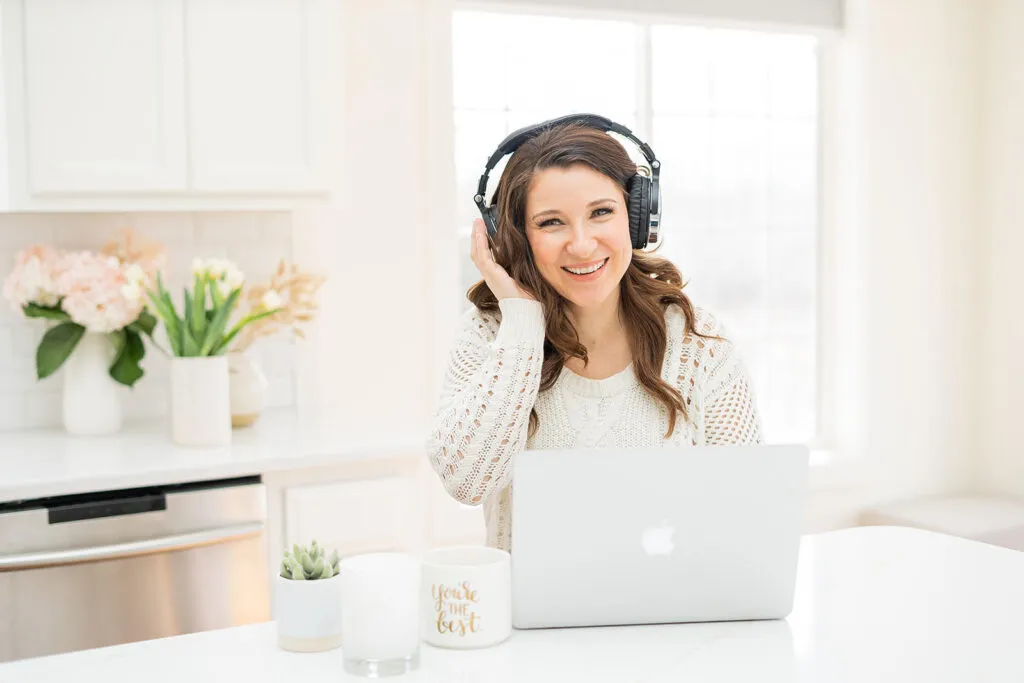
We talk with Elizabeth Andreyevskiy, a stress coach for moms and founder of Emotionally Healthy Legacy. Elizabeth also has some free downloads for Ask the Doulas listeners! You can listen to this complete podcast episode on iTunes, SoundCloud, or wherever you find your podcasts. Ask The Doulas Podcast · Prioritizing Your Needs Without Any Guilt […]


